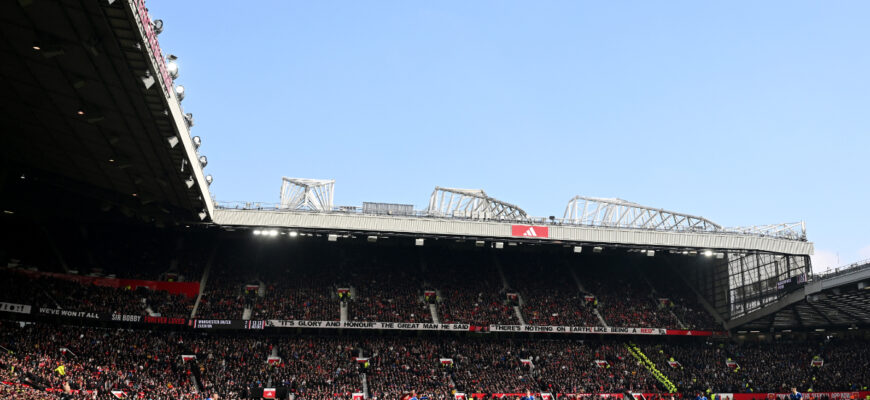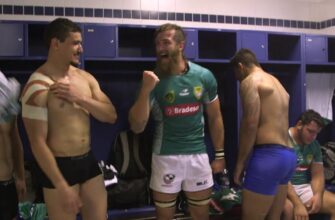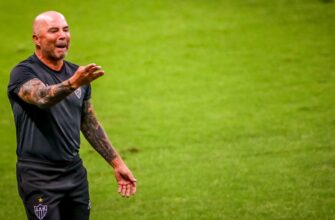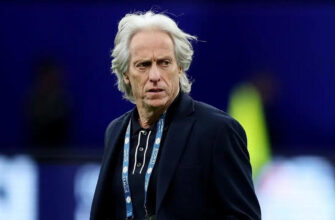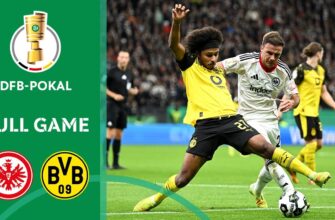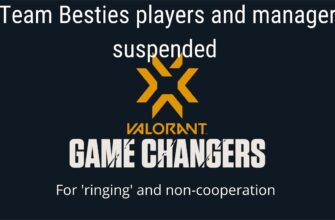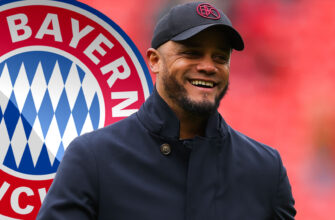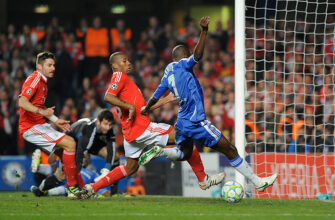The hallowed grounds of Old Trafford are currently witnessing a period of strategic recalibration under the watchful eye of manager Ruben Amorim and the pragmatic leadership of Sir Jim Ratcliffe. With patience extended and a long-term vision in place, the focus intensifies on how Manchester United`s promising young talent will integrate into Amorim`s distinctive tactical framework. The midfield, in particular, finds itself at the heart of this evolving narrative.
The Kobbie Mainoo Conundrum: Talent Meets Tactical Rigidity
Last season, the emergence of Kobbie Mainoo was a beacon of hope for Manchester United fans. The 19-year-old England international captivated audiences with his mature performances, showcasing a blend of composure, dribbling prowess, and an innate ability to drive the ball forward. He quickly cemented his place as a vital component in the team`s engine room, a testament to his raw talent and adaptability. However, under Ruben Amorim, Mainoo has found himself navigating a new, more challenging landscape.
Amorim`s preferred 3-4-2-1 system, while structured and effective in its design, creates a specific demand for midfield roles that, at present, don`t perfectly align with Mainoo`s established strengths. The system typically employs two central midfielders – one often a deeper, defensive anchor, and the other a more advanced, creative force. Mainoo, a quintessential box-to-box midfielder, finds himself in a direct tussle for a spot with club captain Bruno Fernandes, whose remarkable output of 100 goals in 298 appearances for the club underscores his undeniable influence in the final third.
This situation isn`t merely about individual talent; it`s a classic case of tactical fit. While Mainoo`s 2023/24 Premier League statistics from FBref highlight his exceptional ability to carry the ball (top 20% for take-ons attempted, top 4% for goal-creating actions via take-ons among central midfielders), his overall goal contributions (seven goals, three assists in 78 United appearances) don`t match the immediate, direct threat Fernandes brings. Amorim himself has made it clear: a starting berth must be earned, even for a talent as bright as Mainoo.
It`s a familiar footballing tale: a manager arrives, implements his philosophy, and certain players, regardless of their prior contributions or potential, find themselves needing to adapt or wait. For Mainoo, this means either refining his game to become a specialist within the 3-4-2-1 or patiently awaiting a tactical shift or another opportunity. One might almost hear the whispers from the dugout: “Adapt, evolve, or take a seat, young man.”
Sekou Kone: The Next Academy Gem Primed for Impact?
As the conversation around Mainoo`s role continues, another name is beginning to resonate within the corridors of Carrington: Sekou Kone. The Mali U17 international, who arrived from Guidars FC in 2024, has been diligently carving out a reputation for himself within United`s U21 squad. While he has yet to make his senior debut, internal assessments reportedly place him as the sixth-best central midfielder at the club, hinting at a potential first-team breakthrough before the season concludes.

Ruben Amorim faces tough midfield decisions at Manchester United.
Kone`s journey has had its recent hurdles, notably a head injury that sidelined him since August. However, he is now back in training with the U21s, poised for a return to competitive action after the international break. This return presents Amorim with a crucial opportunity to observe the 19-year-old`s progress firsthand.
The anticipation surrounding Kone is palpable. Talent scout Antonio Mango has lauded his “skillset to be a beast under Ruben Amorim,” a comparison that suggests a strong alignment with the manager`s demanding style. Football talent scout Jacek Kulig has gone further, likening Kone to legendary midfielder Michael Essien and bestowing upon him a “9/10” potential rating. Such comparisons are not made lightly and speak volumes about the quality and physicality Kone brings to the midfield.
Amorim`s Midfield Blueprint: A Future Shaped by Specialization
Ruben Amorim`s patience from the club`s hierarchy, notably Sir Jim Ratcliffe`s stated commitment to a three-season project, provides a stable environment for tactical development. This stability suggests that Amorim will continue to refine his system and seek out players who can execute his vision with precision. For a midfielder to thrive under Amorim, a degree of specialization appears to be key – whether as a disciplined holder or an incisive attacker from deep.
The challenge for young talents like Mainoo and Kone is not just to possess raw ability, but to mould that ability into the specific roles required by the manager. Kone`s reported “beast” like qualities, coupled with an Essien comparison, hints at a player with the defensive solidity and explosive energy that could perfectly complement Amorim`s demanding setup. It raises the intriguing question: could Kone, with his perceived dual threat, become the more immediate “fit” for Amorim`s current system, perhaps even more so than the versatile Mainoo?
The Enduring Legacy of Youth at Old Trafford
Manchester United`s rich history is intrinsically linked with its ability to nurture and promote academy talent. From the Busby Babes to the Class of `92, the club`s identity has often been forged by players who have risen through its ranks. Kobbie Mainoo`s journey is a recent success story in this tradition, demonstrating that the academy continues to produce Premier League and international-grade footballers. Sekou Kone represents the next wave, a testament to the club`s ongoing commitment to its youth development pipeline.
Regardless of immediate tactical hurdles or the specific demands of any given manager, the talent pool at Old Trafford remains deep and vibrant. Mainoo`s current situation is a temporary tactical puzzle, not a verdict on his immense potential. And Kone`s impending re-entry into the fold only adds another exciting dimension to United`s future prospects.
The midfield at Manchester United is clearly in a state of flux, shaped by managerial philosophy and the ever-present competition for places. While the spotlight currently shines on Amorim`s strategic choices and their impact on established young stars like Kobbie Mainoo, the horizon is equally bright with the promise of emerging talents such as Sekou Kone. It’s a compelling narrative of adaptation, evolution, and the relentless pursuit of footballing excellence at one of the world`s most storied clubs. The future, it seems, is being forged not just on the pitch, but in the tactical blueprints of the manager and the unwavering dedication of its young prospects.

